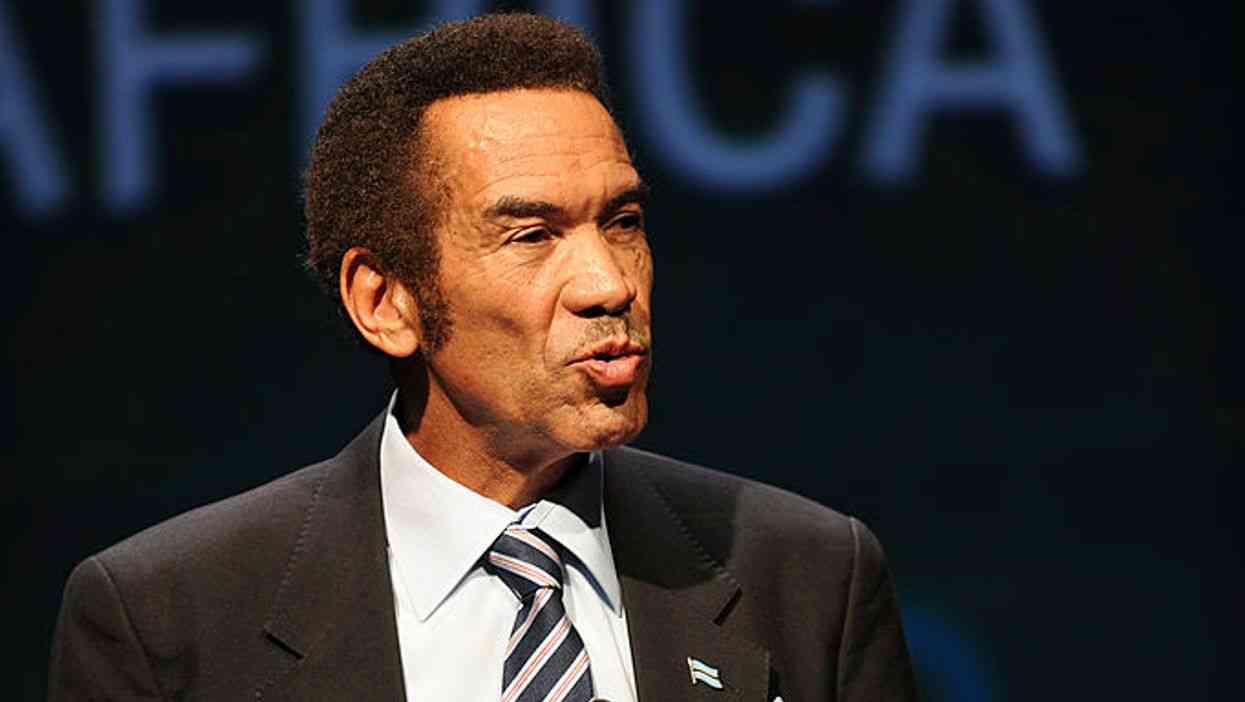
BY WILLARD MANYARA
Leadership guru Simon Sinek declares: “Leadership means one thing and one thing only, to have followers.”
If you claim the title leader, show us the following I write in my Leadership Journey Handbook.
The moment one refers to the term leadership, one implicitly implies followership. The two are inextricably inseparable.
Followers follow a leader, but who does a leader follow? Studies repeatedly show that leaders follow a vision.
And when that vision is viewed attractive enough by others, the number and quality of followership is very strong.
In other words, the three concepts — vision, leader and follower — are neighbours in the same street.
They follow one another everywhere. One is found where the other is. However, the essence of this discussion is to stimulate thought and emphasise how one can measure one’s effectiveness as a leader if they can garner voluntary as opposed to coerced followership. In fact, let me say that in the leadership realm, there is no coerced followership.
- Chamisa under fire over US$120K donation
- Mavhunga puts DeMbare into Chibuku quarterfinals
- Pension funds bet on Cabora Bassa oilfields
- Councils defy govt fire tender directive
Keep Reading
It’s either you have a following or you do not have. Those appearing to look like followers are just head counts with some covert agenda and will drop out as soon as that is fulfilled. We count heart counts in leadership.
This is referring to those that follow a leader because they made a choice to do so and they buy into the leader. In authentic leadership, coercion is not an option. This is because leadership is influencing or persuading others to share the same broad view as the leader has.
It is impacting others that they remain with little choice, but to follow their leader. The looming question then is: What makes that possible?
If one has been placed in a leadership position in an organisation be it parentship, managership, pastorship, even governorship, one will have constituents to influence and the influence they have over their constituents has to be earned and not imposed, but the question is: How does one earn that? Put differently, how does one exercise effective leadership over their constituents?
Jim Kouzes and Berry Posner did a study first in 1987, then in 1995 and finally in 2000 covering 2000 business and government organisations to establish what makes leaders command willing followers.
This is essentially because a leader without followers is in essence a follower. The survey, which included 25 000 respondents around the globe, intended to identify characteristics or traits in leaders that make them followable.
Of the 225 traits respondents identified, four always topped the list across cultures. These in weighted order were: honesty, forward-lookingness (visionary), competence and inspiring. In other words, for any leader to gain voluntary followership with those they claim to lead, they must first and foremost be considered honest.
Minus honesty, people will not follow willingly and easily. There can never be genuine and lasting followership for one’s leadership if the foundational honesty element is absent.
People either accept their fate or look for another leader or another job all things being equal. When followers doubt our honesty as leaders, wherever we are leading they only follow with their hands and not with their hearts if ever they remain with us physically. Honesty as a trait in leadership is a centre-pin.
Leaders will also gain bona- fide, as opposed to superficial, followership if they are perceived as forward-looking or are visionary.
If in any organisation the leader sells and lives his goals and keeps reminding his followers where they are going, he will gain followers. It is really a question of gaining buy-in.
This is closely related to the third-ranked trait, which is competence. If a leader demonstrates competence in their roles, they will inevitably gain a number of followers concomitant with influence associated with that role.
If a leader is perceived as a novice in their role, they may not make much progress and their influence is highly diminished. People, typically by nature, are attracted to leaders stronger than themselves.
People follow leaders who they view as having ability to better their lot whatever that is. In fact, if a leader is viewed able to solve existing challenges faced by the constituents in question, followership is observable.
The fourth top trait is inspiration. This entails motivating those under one’s ambit. In fact, being a cheerleader of sorts — communicating their vision creatively and enthusiastically.
To get extraordinary things done in extraordinary times, leaders must inspire optimum performance. They must by their honesty, competence and vision inspire people to act on their own – to go the extra mile and to do their very best.
Inspiration can be attained through modelling exemplary behaviour as well, especially exhibiting passion for their leadership responsibility.
No follower should question their leader’s commitment to their vision and goals and followership will pursue them as night follows day on their leadership journey. If there is no passion, there is no journey to “the promised land”.
This instalment is for leaders everywhere to ponder seriously around the fundamental traits they need to develop in order for them to not only be effective in their roles, but to also enjoy and gain satisfaction from their role.
Leaders with national responsibility in particular must realise the enormity of their task. The higher up one is in the echelons of power, the greater the shadow of influence they cast.
Political leaders in this country in particular, are therefore urged most fervently to up their game in developing traits herein discussed, and that will inevitably make them amass followership, hence a higher level of legitimacy.
They need to self-introspect now without procrastinating how they are faring in these regards.
Questions like: Where are we taking this country to? In this journey, are we travelling it competently? Are we inspiring anyone by our vision, honesty and example?
That way they will be followed with both hands and hearts.
May I end by saying that it is therefore not enough to count the number of followers, but the number of hands, hearts and minds that a leader has in their stable.
If we dismiss the attributes discussed herein among others, our journey in leadership is destined to fail. Followership can never be an imposition. It’s a rule of nature.
- Willard Manyara is founder and leadership development managing consultant for Management Training Services Trust (Zimbabwe) and LEAD (South Africa). This article is adapted from his recently published book, The Leadership Journey Handbook: Confronting 21st Century Challenges. He can be contacted on [email protected]










